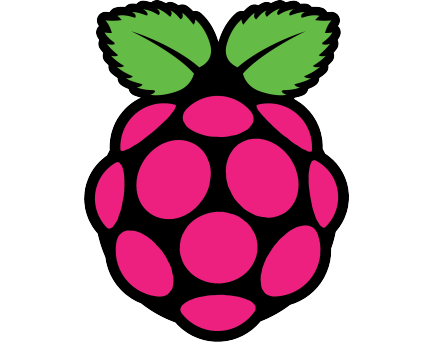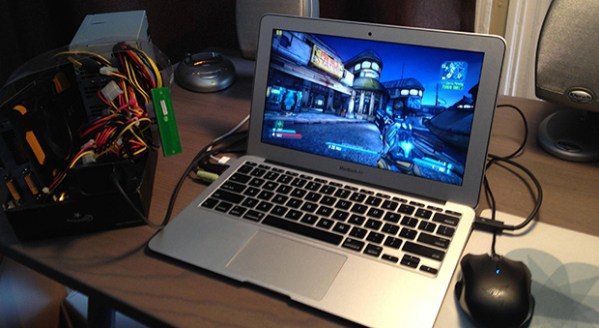Just about the hardest thing you’ll ever do with a microcontroller is video. The timing must be precise, and even low-resolution video requires relatively large amounts of memory, something microcontrollers don’t generally have a lot of. HDMI? That’s getting into microcontroller wizard territory.
Despite these limitations, [monnoliv] is working on a GPU for microcontrollers. It outputs 1280×720 over HDMI, has a 24 bit palette, and 2D hardware acceleration.
It’s a very interesting project; usually, if you want graphics and a display in a project, you’re looking at a Linux system, and all the binary blobs and closed source drivers that come with that. [monnoliv]’s HOMER video card doesn’t need Linux, and it doesn’t need a very high-powered microcontroller. It’s just a simple SPI device with a bunch of memory and an FPGA that turns the most minimal microcontroller into a machine that can output full HD graphics.
This isn’t the only open source graphics card for microcontrollers in the Hackaday Prize; just a few days ago, we saw VGAtonic, another SPI-controlled video card for microcontrollers, this time outputting VGA instead of HDMI. Both are excellent projects, and if either makes it into production, they’ll both be cheap: under $100 for both of them. Just the thing if you want to play around with high-resolution video without resorting to Linux.






















